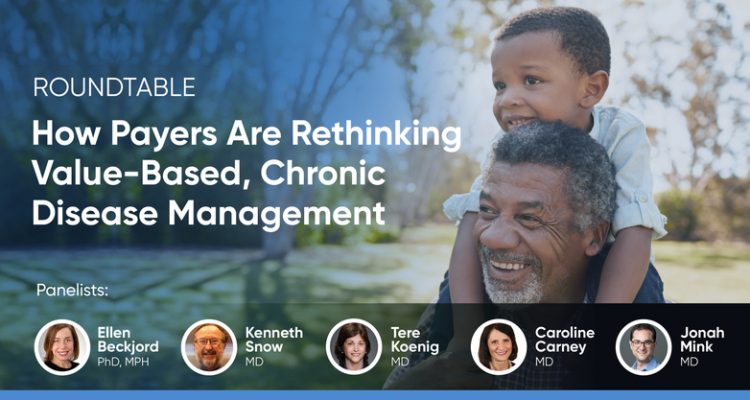The increased rate of COVID-19 vaccinations has fueled cautious optimism regarding a gradual return to normalcy, but the imminent challenges facing healthcare professionals and the patients they serve remain daunting. Nearly half of all American adults have at least one chronic condition that requires regular monitoring and care. Even as the pandemic eventually subsides, the chronic conditions that were sometimes neglected over the past year will receive renewed attention.
How can healthcare organizations that quickly implemented new technologies during the pandemic use that newfound dexterity to innovatively treat chronic conditions? Healthy.io recently partnered with Bright Spots in Healthcare for a special webinar exploring how some organizations are already deploying cutting-edge solutions to provide patient-centric treatment that can reduce costs and improve outcomes. The event was hosted by Eric Glazer, CEO of Shared Purpose Connect, and featured senior speakers from UPMC Health Plan, CVS Health, Medical Mutual, Magellan Health, and Healthy.io.
Here are some key takeaways from the event:
Unlocking data’s potential to reach every last patient
Sophisticated data-analysis algorithms can help healthcare organizations identify, risk stratify and engage with groups that are otherwise difficult to reach, such as the socially isolated, and to provide each individual with the unique care they need. “There should never be a homogeneous approach for a very heterogeneous population,” said Caroline Carney, MD, Medical Officer at Magellan Health. “Inside all of our populations there is a different set of needs—group by group by group—and so our programs using that kind of data structure are very targeted to reach the right group with the right intervention.”
Health is lived every moment of every day
A holistic approach to patient engagement can yield remarkable results. Ellen Beckjord, PhD, Associate Vice President, Population Health and Clinical Transformation at UPMC Health Plan, found that digital channels, such as mobile apps, can sometimes be more impactful than occasional face-to-face appointments, because they accompany people on a daily—even hourly—basis. “We think that the opportunity to provide a little support a lot of the time is just more aligned with how behavior change and health improvement happens than a lot of support, a little bit of the time,” she said.
Partnering to meet patients where they are
People approach the healthcare continuum from a variety of entry points. Tere Koenig, MD, Executive Vice President and Chief Medical Officer at Medical Mutual, discussed how payers and providers can partner together to supplement that continuum, each bringing their own strengths into play. “It’s really that partnership you’ve heard people talk about, as well as meeting the patient where they are, however you can engage that patient,” she said. “It’s about communicating with them and helping their provider deliver the best care that’s possible for their situation.”
Jumpstarting inertia with data
The treatment of chronic conditions is sometimes hindered by clinical inertia and suboptimal therapy. Using data in innovative ways can help solve those hard problems by identifying cases that require intervention. “We have such an opportunity with the wealth of data that we now possess to be able to say, what is the next best action in a patient’s care that should occur,” said Kenneth Snow, MD, Clinical Portfolio Medical Director, Transformation Team at CVS Health. “We have the opportunity to identify those folks and to intervene, to inform that patient of the opportunity that exists for their care, to work with their provider to identify folks who could advance forward, and also to help with the optimal next step in terms of therapy.”
Healthcare at the speed of life
While the untapped wealth of data holds the potential for new avenues of innovative care, it is not without challenges. More than ever, products and services in the chronic conditions space run the risk of getting lost in the noise. “There’s so much data and information and different stimuli vying for the attention of both the patient and the doctor, both within the clinic and outside the clinic, for the other fifty thousand hours that the patient is not in front of us, that there’s no way to compete with that,” said Jonah Mink, MD, Medical Director at Healthy.io. The solution is to integrate into the life flows of patients and clinicians—to match their speed of life—by providing services that are quick and seamless, and available at the time and place of their choosing.
***
Chronic conditions, by their nature, do not have quick fixes. But thanks to the clinicians, companies, payers and providers working together to develop and implement new solutions, the future of chronic care is anything but bleak.
For more insights from the event, watch the video recording below or listen to the podcast version on Apple Podcasts, Spotify, or Google Podcasts.






